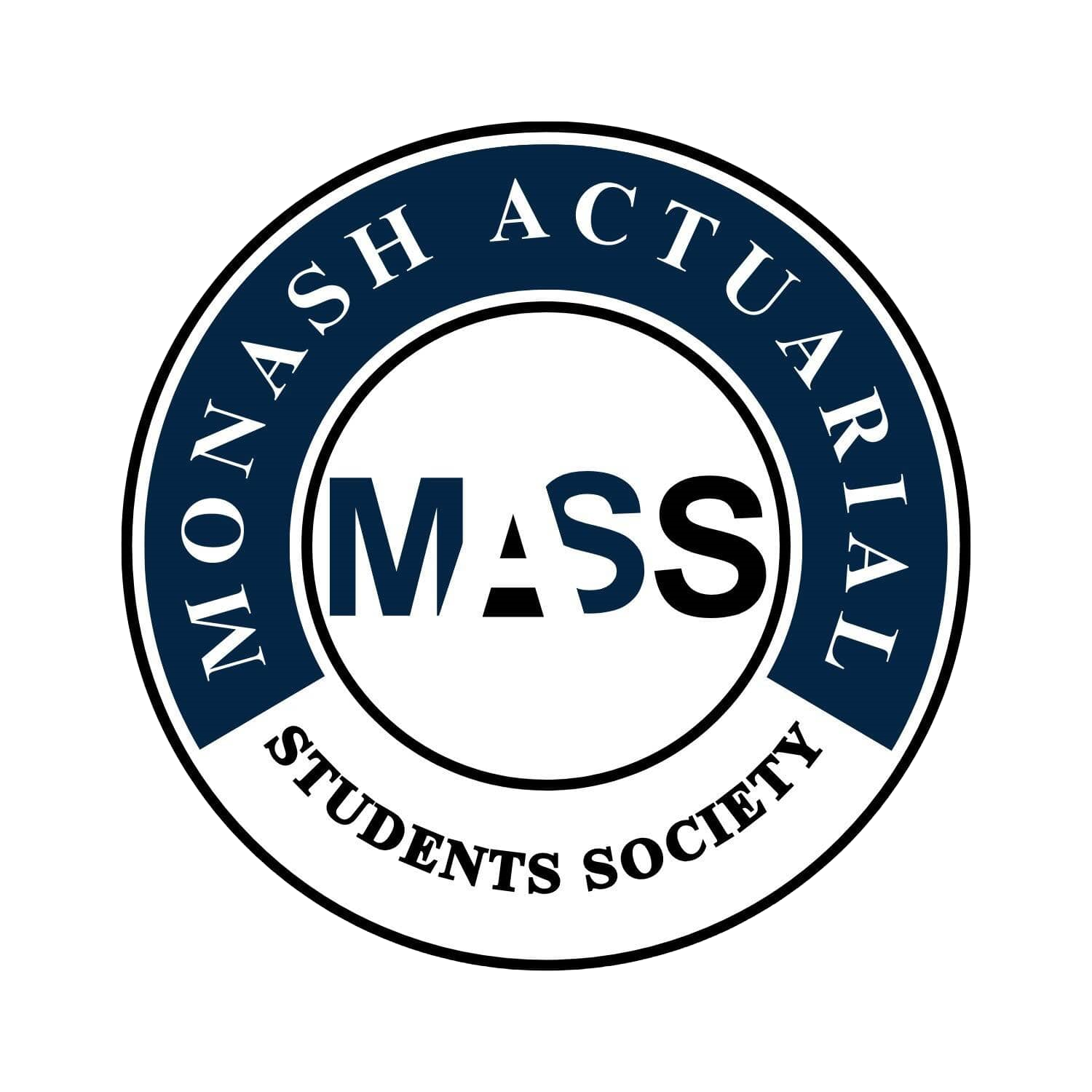ETC3420 / ETC5342 Applied Insurance Methods (2023)
Difficulty:
Year Completed: Semester 2, 2023
Prerequisite: ETC2420 or ETC2520
(or MTH2222)
Exemption:
CS2 Risk Modelling and Survival Analysis
ETC2420 (10%), ETC3420 (20%), ETC3430 (50%), ETC3550 (20%)
CM2 Financial Engineering and Loss Reserving
ETC3420 (20%), ETC3460 (25%), ETC3520 (55%)
Weighted average of 70% required. Minimum of 60% required for each unit.
Mean Setu Score: 70.63%
Clarity of Learning Outcomes: 80.95%
Clarity of Assessments: 61.90%
Feedback: 66.67%
Resources: 71.43%
Engagement: 80.95%
Satisfaction: 61.90%
Subject Content:
Lecture(s) and Tutorial(s):
Textbook(s):
Assessments:
This unit covered risk distributions, individual risk models, collective risk models, ruin theory, premium principles, claims reserving, extreme value theory and copulas.
1 x 2 hour lecture
1 x 1.5 hour tutorial
No textbooks were required.
CM2 Core Reading for Institute of Actuaries UK and CS2 Core
Reading for Institute of Actuaries UK - Both are very much relevant
for the unit, with useful notes and questions that serve as an
extension to the tutorial questions.
Tutorial Presentations 5%
Quiz 15%
Individual Assignment 20%
Final Exam 60%
Comments
This unit was a challenging unit which drew upon skills learnt in previous units. Nevertheless the unit offers practical and engaging concepts that are applied extensively in the general insurance industry. It serves as an essential tool for the acquisition and application of methods which are relevant for future work. in the insurance industry
Attending the lectures is crucial since the slides provide only a concise overview. Additionally, the unit's content is challenging to grasp solely by reviewing the slides.
While tutorial attendance wasn't mandatory, it proved beneficial as lectures primarily covered theoretical aspects with minimal practice questions. Tutorials, on the other hand, offered a practical dimension, mirroring the exam format, with the added advantage of some questions being drawn from past sample exams. Additionally, for the benefit of students unable to attend or those desiring a review, one tutorial per week was recorded and made available for later access. This served as a valuable resource for reinforcing understanding and revisiting key concepts.
Tutorial Presentations:
The tutorial presentations encompassed two components. One involved tackling a tutorial question derived from the week's exercise, and the other delved into research or industry-related themes. Grading exhibited leniency, fostering an environment conducive to exploration and learning.
Moodle Quiz:
Initially constrained by a tight timeframe relative to the question complexity, the quiz duration was extended to 20 minutes from the initial 10 based on student feedback. While artificial intelligence (AI) was permitted, its utility in this timed setting was somewhat limited.
Assignment:
The assignment unfolded in two segments. The initial phase mandated the submission of specified sections, with full marks granted for attempting and submitting all segments, irrespective of correctness. The subsequent segment entailed a comprehensive report submission. Substantial credit was accorded to responses that demonstrated reasonability and robust support, emphasizing the recognition of effort and thoughtful engagement.
The exam was subject to time constraints, which added a level of difficulty to the already closed-book format, which required students to memorise various formulas. Some of the questions required a higher degree of problem solving relative to the tutorial questions which posed some difficulties, however a calculator was allowed in the exam to assist students.
Maximize assignment scores to reduce exam preparation pressure.
Initiate assignments early as the emphasis is on understanding it rather than fulfilling a strict marking criteria.
Try to understand the unit content well in order to utilize the single-page notes allowance in exams.
General Overview:
Lectures:
Tutorials:
Assessments/Other Assessments
Exam
Concluding Remarks

